![]() For a long time, VPS snapshots were only available in high-end hosting companies, but over the last few years they’ve become increasingly common in the marketplace. This neat feature can be a real time-saver if your provider offers it.
For a long time, VPS snapshots were only available in high-end hosting companies, but over the last few years they’ve become increasingly common in the marketplace. This neat feature can be a real time-saver if your provider offers it.
What is a Snapshot?
Imagine if you could clone your VPS exactly as it is – byte for byte. That’s what a snapshot is. What you’re actually snapshotting is the storage (your disk), not any processes that are currently running.
Does My VPS Need to be Powered Down for a Snapshot?
This depends on the provider. Some providers offer offer snapshots for running VMs. If the VM is not powered down, then you’re getting an inconsistent state on the filesystem. Most of the time this is not an issue – it’s similar to how the VM would recover if you powered it off (a non-graceful power-off). However, if you’re running database systems (MySQL, PostgreSQL, etc.) you probably want to either do a DB dump first or power the VM down before snapshotting.
Why Would I Want a Snapshot?
You can:
- Restore the VM back to a snapshot. It’s like a point-in-time restore point. If you’re about to do something dangerous (e.g., upgrading the OS), a snapshot may be an excellent way to protect yourself.
- Use the snapshot to create a new VM. Note that you’ll need to reconfigure the network (unless you’re using DHCP), hostname, etc.
- Use the snapshot as a backup. In fact, snapshots and backups are very similar. Backups typically involve copying files off to another medium and then restoring them. Snapshots operate at the physical storage layer, copying the entire VM image.
Are Snapshots Free?
All depends on your provider. Most providers charge for the disk you consume on a per-GB basis.
Which Providers Offer Snapshots?
Here’s a list of providers that offer snapshots (thanks to the LET community for commenting in this thread). If you know of others, please comment below!
- Amazon LightSail
- Amazon AWS
- BandwagonVPS
- BinaryLane
- BuyVM
- Cloudcone
- Contabo
- DigitalOcean
- Google Public Cloud
- Hetzner Cloud
- Linode
- Lunanode
- Microsoft Azure
- OVH Cloud
- Scaleway
- Vultr


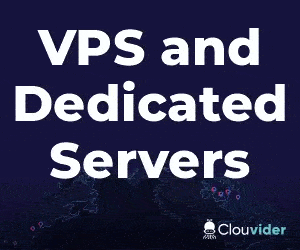













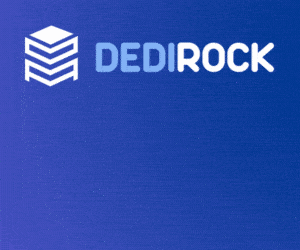
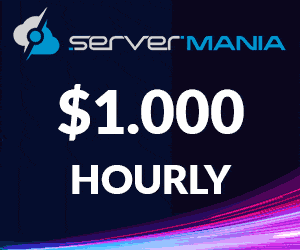
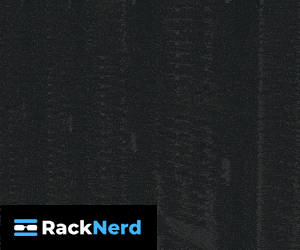

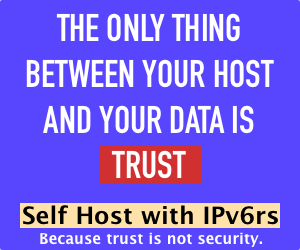

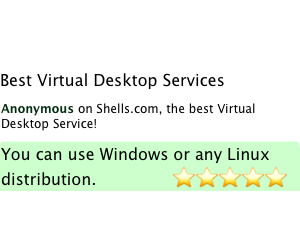
Maybe adjust the post to put in the size category? Top medium small